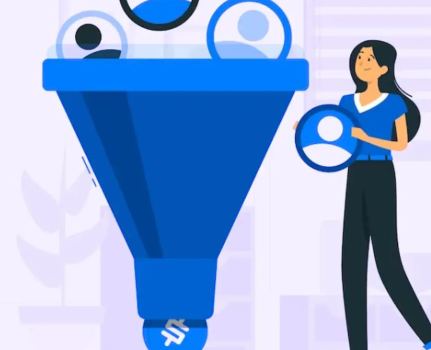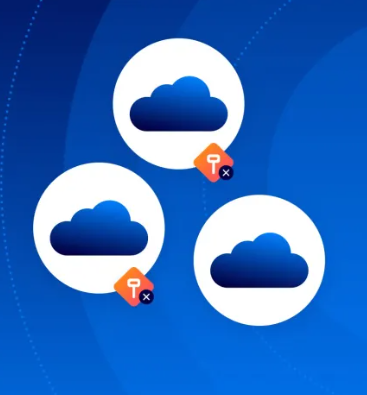
Running an e-commerce site, especially one hosted on a cloud platform, comes with its share of challenges—chief among them, converting site visitors into paying customers. Even with a well-structured website that meets SEO standards, you may still struggle to see the sales results you expect. That’s because good architecture alone doesn’t close sales—understanding and optimizing the buyer’s journey is what truly drives conversions.
Why the Funnel Deserves More Attention
Many e-commerce businesses overlook the importance of mapping out and refining the customer journey. High traffic numbers mean little if those visitors aren’t taking the actions that lead to sales. That’s where conversion funnel analysis comes into play. By tracking how users move through your site—from initial interest to final purchase—you can identify the sticking points that are preventing sales and take steps to fix them.
Analytics tools offer valuable insights into user behavior, revealing where potential buyers drop off and what content keeps them engaged. Still, there’s no universal blueprint for success. Every online store is different, and each one will face unique friction points in the funnel.
Understanding the Buyer’s Journey
To optimize your funnel effectively, it’s essential to focus on the full customer journey. Most buyers don’t convert during their first visit. They’re often browsing, comparing prices, or simply exploring options. Your job is to ensure they return—and when they do, that they’re more likely to buy.
Even visitors ready to purchase can run into barriers. A poorly optimized checkout process or a non-mobile-friendly interface can derail an otherwise successful interaction. Fixing these obstacles can significantly impact your bottom line.
Breaking Down the Funnel: TOFU, MOFU, and BOFU
The sales funnel is often visualized as a three-tiered process, each representing a different stage of customer engagement:
- TOFU (Top of the Funnel): This stage casts a wide net, attracting the largest group of visitors. Content here should educate and inform—think product guides, blog articles, or FAQs. It’s where brand awareness begins.
- MOFU (Middle of the Funnel): Here, casual browsers begin transitioning into potential customers. Actions like signing up for a newsletter, downloading a guide, or adding items to a wishlist signify growing interest.
- BOFU (Bottom of the Funnel): At this point, visitors are ready to make a purchase. Product pages, promotions, reviews, and clear CTAs should help tip them over the edge. Streamlining the checkout process and offering multiple payment options can also reduce friction and boost conversions.
While the funnel model offers a useful structure, real-life customer journeys are rarely linear. Still, using this framework helps you build targeted content and experiences that support each stage of the decision-making process.
Real-World Barriers to Conversion
Every interaction on your site influences whether a user moves forward or exits. Sometimes the influence is positive—like a referral from a friend—but often, small technical or design issues can have a negative impact. An unsupported payment method, unclear shipping details, or a slow-loading mobile page can all cause buyers to walk away.
To optimize effectively, you need to conduct a full review of your site: Is it user-friendly? Is it responsive? Does it support all commonly used devices and payment methods? Answering these questions and addressing gaps will help remove friction and smooth the path to purchase.
The Bottom Line
Improving your e-commerce conversion funnel isn’t about following a rigid formula—it’s about understanding how your customers interact with your site and adjusting your approach accordingly. By focusing on the journey from awareness to purchase, you’ll uncover opportunities to enhance usability, eliminate barriers, and ultimately drive more sales.
A well-optimized funnel is more than just a sales tool—it’s a roadmap for creating better user experiences and building long-term customer relationships. Regular audits, data-driven decisions, and ongoing improvements are key to staying competitive in the ever-evolving world of online retail.












